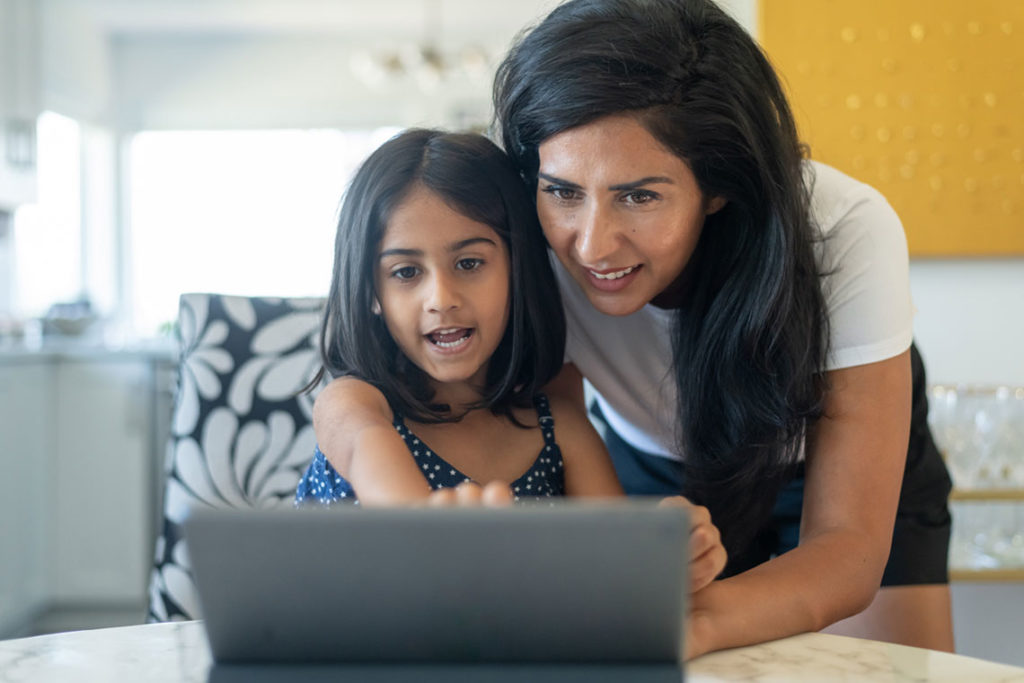
Resilience is key to adapting to events in your life which are unexpected or unwanted.
A resilient child will see a problem and try to find ways to deal with it successfully.
Part of your role as a parent/caregiver is to teach and help your children develop into confident and resilient individuals that can respond positively to any negative stressors in their lives.
Sometimes this can be done by the child themselves but where not, the resilient child struggles less with seeking assistance.
However, if a child has not developed this level of resilience, then problems, even small ones, can be stressful and lead to unresolved issues that affect their confidence.
With the advent of the internet and the ever-increasing levels of connectivity this brings into your children’s lives, it is imperative that they have a level of digital resilience towards any issues that might arise.
What is Digital Resilience?
Digital Resilience is the ability to learn where to turn to for help and recover after an upsetting interaction or experience online.
One concern which has always been present in children’s lives is bullying, but in more recent times the newer issue of cyberbullying has become more prevalent.
Cyberbullying refers to bullying which is carried out using the internet, mobile phone or other technological devices. It generally takes a psychological form but is often part of a wider pattern of ‘traditional’ bullying.
Thankfully, the negative behaviour of any type of bullying can be responded to in a positive way. A confident child will react with assertiveness and make sure the bullying does not go unanswered.
However, a child without this level of confidence or support will not react as well.
Top tips for strengthening your child’s digital resilience:
- Set boundaries for internet usage – the more time they spend online, the more likely they are to encounter unwanted attention.
- Create a trusting support network – make sure they know they can talk to you about anything they see online.
- Discuss their digital footprint and what they want their online reputation to look like.
- Build a positive offline world – the internet is a fantastic resource for children but it’s important that it doesn’t replace real life interactions.
- Let them know you’ll be there to help them if something goes wrong.
